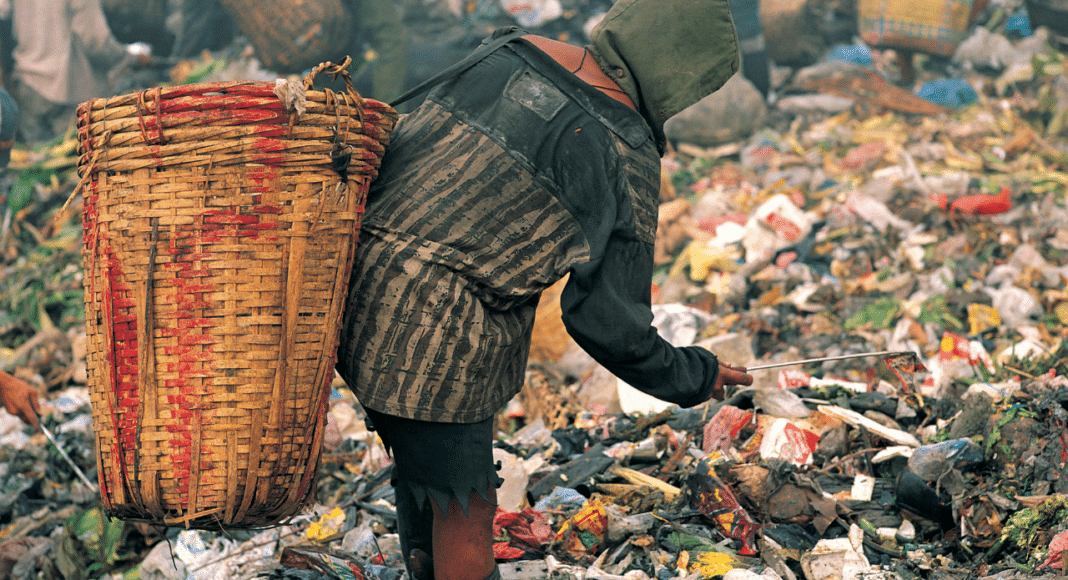According to the World Bank, although poverty has significantly decreased over the last two decades, a quarter of Pakistan’s population still resides below the poverty line, with a disproportionate concentration in rural areas.
In its report titled “The Evolution of Benazir Income Support Program’s Delivery Systems: Leveraging Digital Technology for Adaptive Social Protection in Pakistan,” the World Bank highlighted that while the BISP benefit level has been raised to enhance adequacy, it only constitutes 10% of average household consumption.
The report emphasized several strategies for strengthening BISP, including establishing closer ties with early warning systems, implementing a comprehensive communications strategy, integrating human-centred design for enhanced accessibility, including grievance redress mechanisms, ensuring the performance of expanding field staff, and fostering deeper collaboration with provinces.
Transitioning to a new payment system will enhance beneficiaries’ experiences and support financial inclusion. However, the Bank recommended incorporating a more comprehensive grievance redress mechanism.
The report underscored the exacerbation of poverty due to the COVID-19 pandemic and the 2022 floods, which pushed millions below the poverty line. Pakistan’s slow human capital accumulation, reflected in low education and health indicators, contributes to low labour productivity.
READ MORE — World Bank: Pakistan’s Agriculture and Food Security Suffering Due to Government Policies
The country also grapples with stark inequalities in human capital accumulation and gender disparities, further perpetuating poverty and hindering human development. Additionally, Pakistan is highly vulnerable to climate change-related disasters, posing ongoing threats to lives and livelihoods.
BISP has had significant positive impacts on various fronts, including consumption expenditure, food consumption, child nutrition security, asset retention, women’s mobility, and investments in health and education. However, its effectiveness in reducing poverty diminished by 2019, primarily due to the declining value of benefits.
Despite progress in outreach and communication, BISP faces capacity challenges hindering the development of an effective communication strategy critical for social protection systems. Continued investment in such programs is essential to alleviate poverty and inequality in the country.


